A Boeing 787 belonging to Virgin Atlantic successfully flew from London to New York, running on nothing but Sustainable Aviation Fuel (SAF).
A number of companies, including Boeing, Airbus, and many engine makers, are working on future solutions involving alternative fuels. Despite many challenges, both in aircraft design and the supply chain, hydrogen has been getting increasing amounts of traction in recent years.
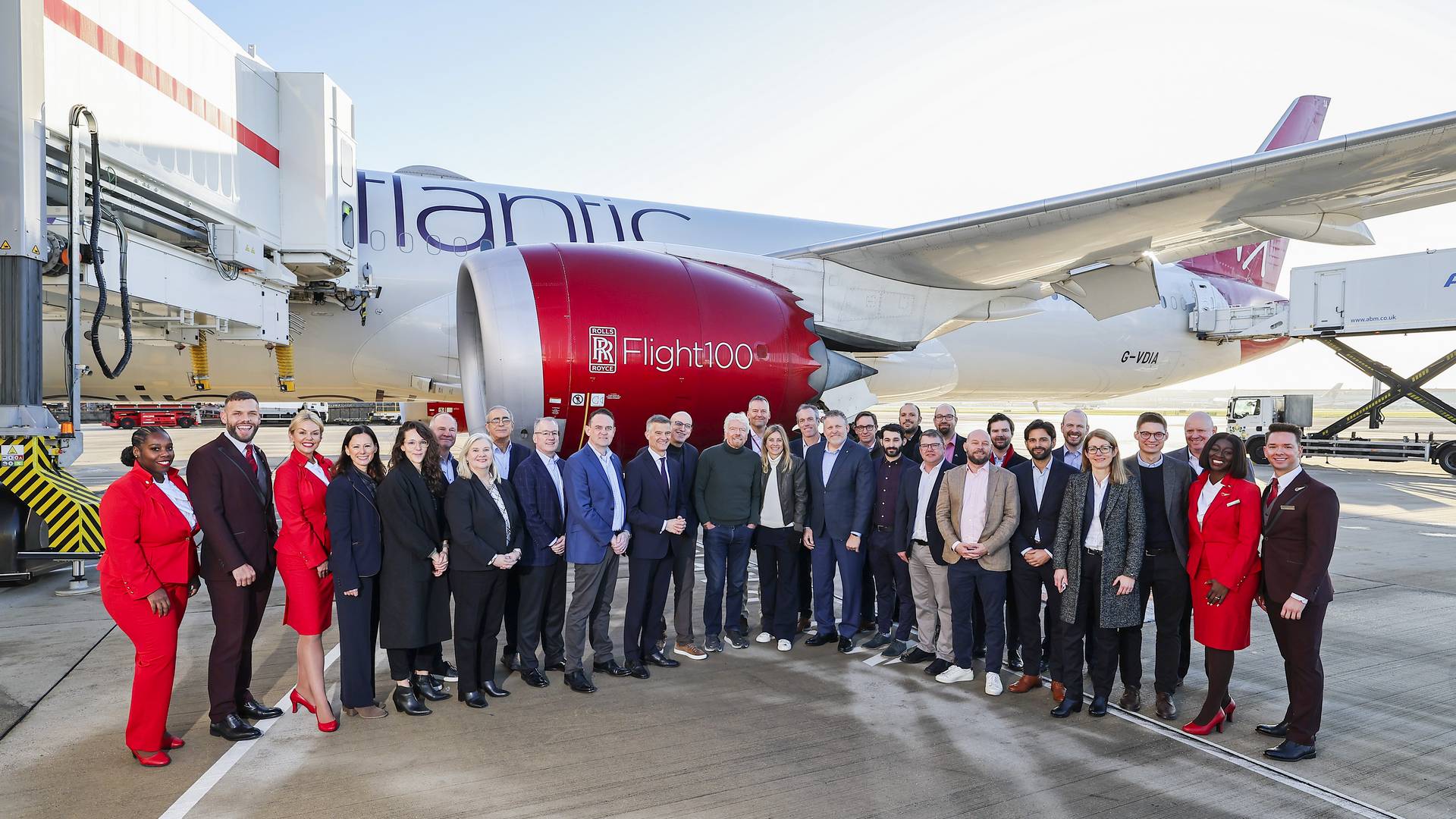
However, until this technology becomes a practical reality, the industry is looking at sustainable aviation fuels, as an interim solution. This is the fuel that this Virgin Atlantic 787 used for this occasion. There are different ways of generating SAF, ranging from used oils to oilseed crops, to carbon capture.
Virgin Atlantic 787 Flight – First To Fly 100% SAF Long-Haul
But there is also a longer-term role for SAF. Many in the industry believe that, as a best-case scenario, hydrogen will only be a practical solution for short and medium-haul flights. This is because the low density of hydrogen means that it requires a lot of volume on board.
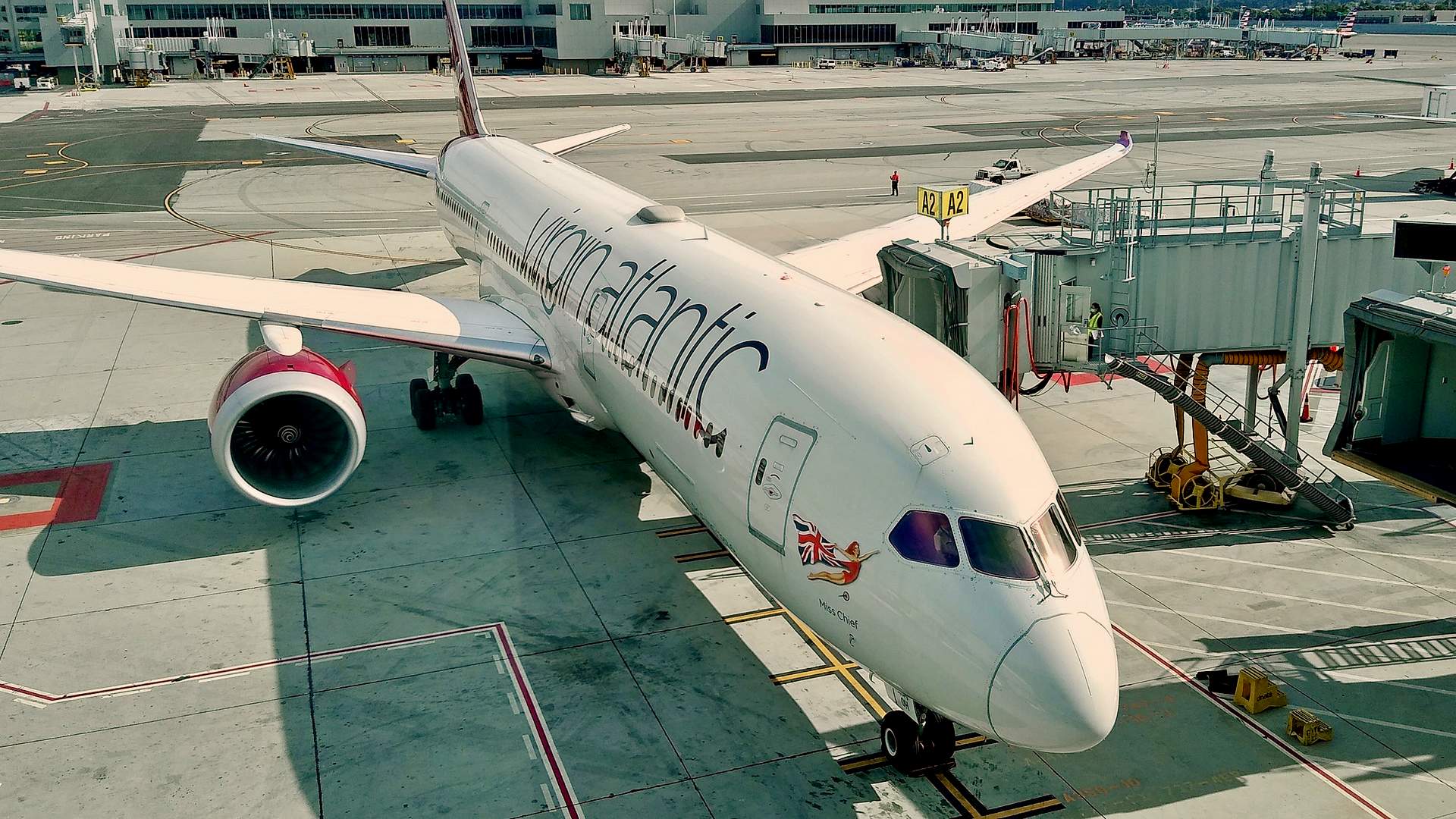
And this makes it impractical for very long journeys. So the industry will have to look for other solutions, for longer routes. And this is what makes a 787 flight on SAF, like the one Virgin Atlantic just completed, that much more relevant to this fuel’s future.
However, at the moment, regulators limit SAF usage in commercial flights to 50% of the trip fuel. We have seen airlines interpreting this in a couple of different ways. Some spread SAF evenly among their tanks, so both engines use 50% SAF. Others have run one engine on 100% SAF, and the other on conventional jet fuel.
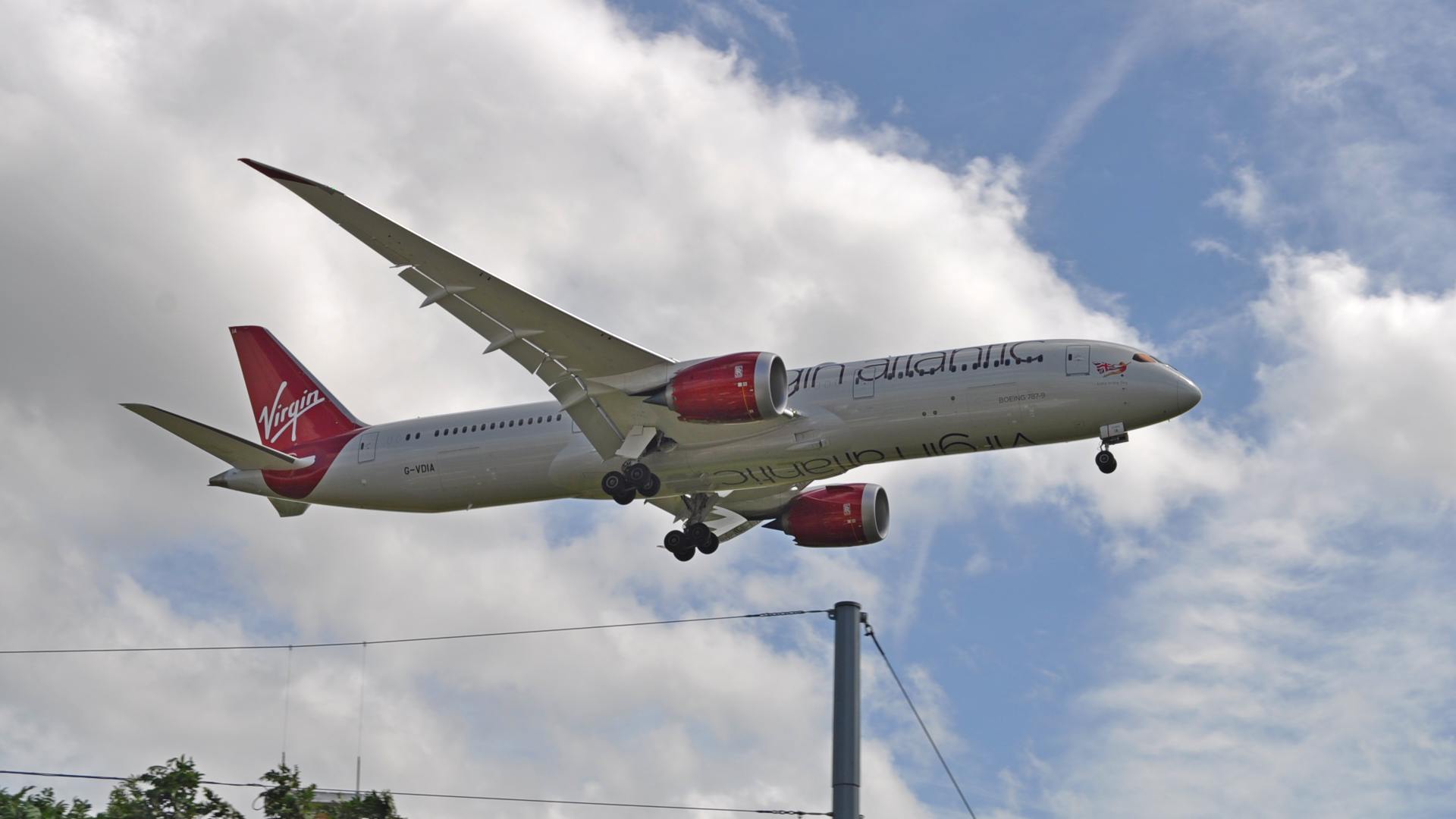
Still, Virgin Atlantic wanted to use 100% SAF on both engines of its 787 for this transatlantic flight. And it seems that they went around the 50% restriction, by making this a non-commercial flight. There were no paying passengers on board – just Virgin staff, including Sir Richard Branson, and partners in the project.
Some Unusual SAF?
Virgin Atlantic used two types of SAF fuels for this 787 flight. Most of the fuel (88%) consisted of Hydroprocessed Esters and Fatty Acids (HEFA), i.e. waste fats. The remaining 12% was Synthetic Aromatic Kerosene, or SAK, made from plant sugars. Virgin states that plant proteins, oil, and fibers in these crops can continue in the food chain.
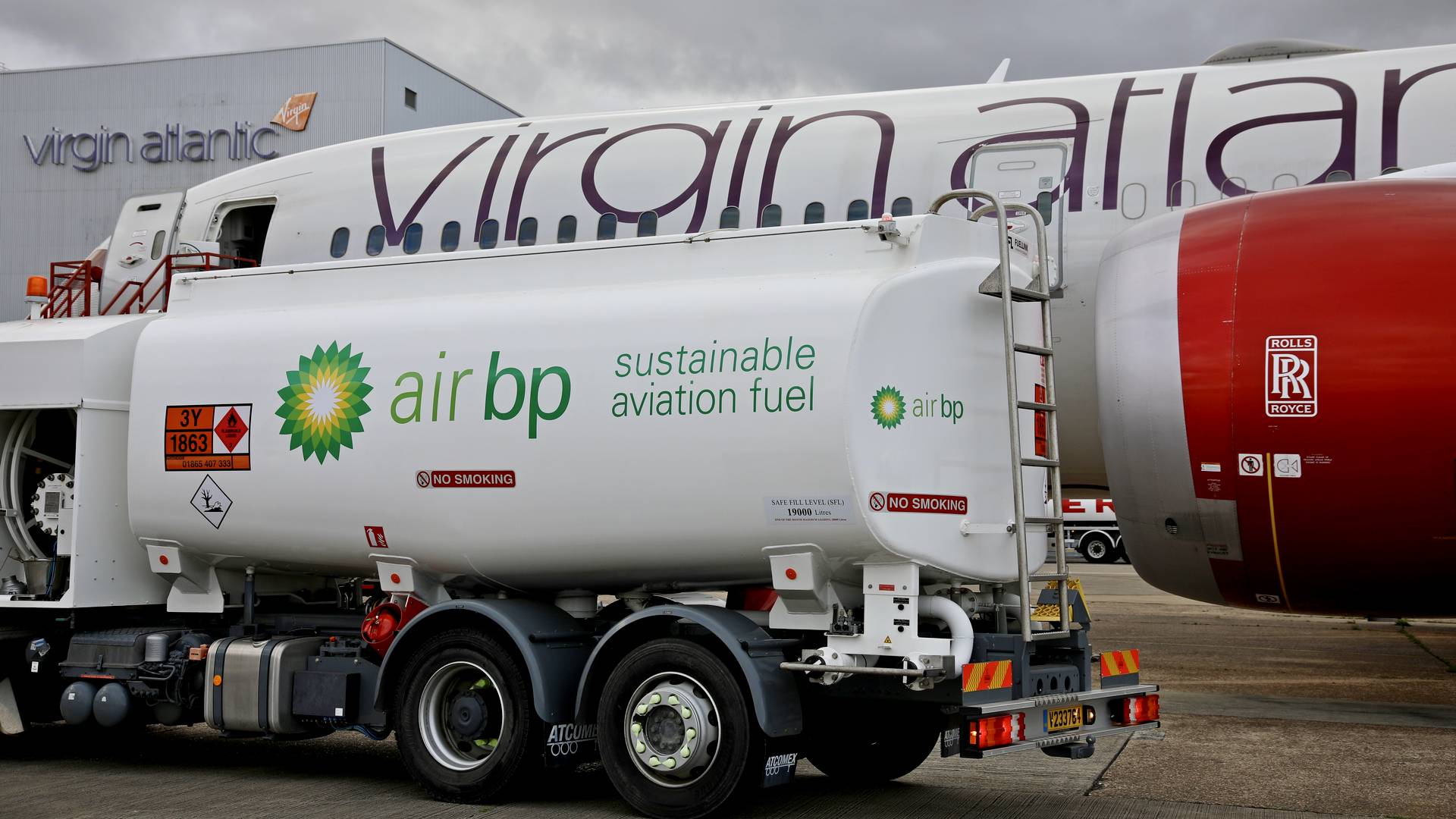
What makes SAK particularly useful, is that it contains aromatic hydrocarbons, just like conventional jet fuel. Some rubber seals and other fuel system components rely on aromatics like these, to maintain their properties over time. The lack of these aromatic hydrocarbons from most SAFs is a big part of why the 50% limit exists.
Of course, there are still some serious practical limitations around sustainable aviation fuels. Scaling up SAF to meet the entire aviation industry’s demands seems quite difficult. These fuels cost three to five times as much as conventional jet fuel. Scaling them upwards could reduce their cost significantly, but they will remain more expensive than typical jet fuel.
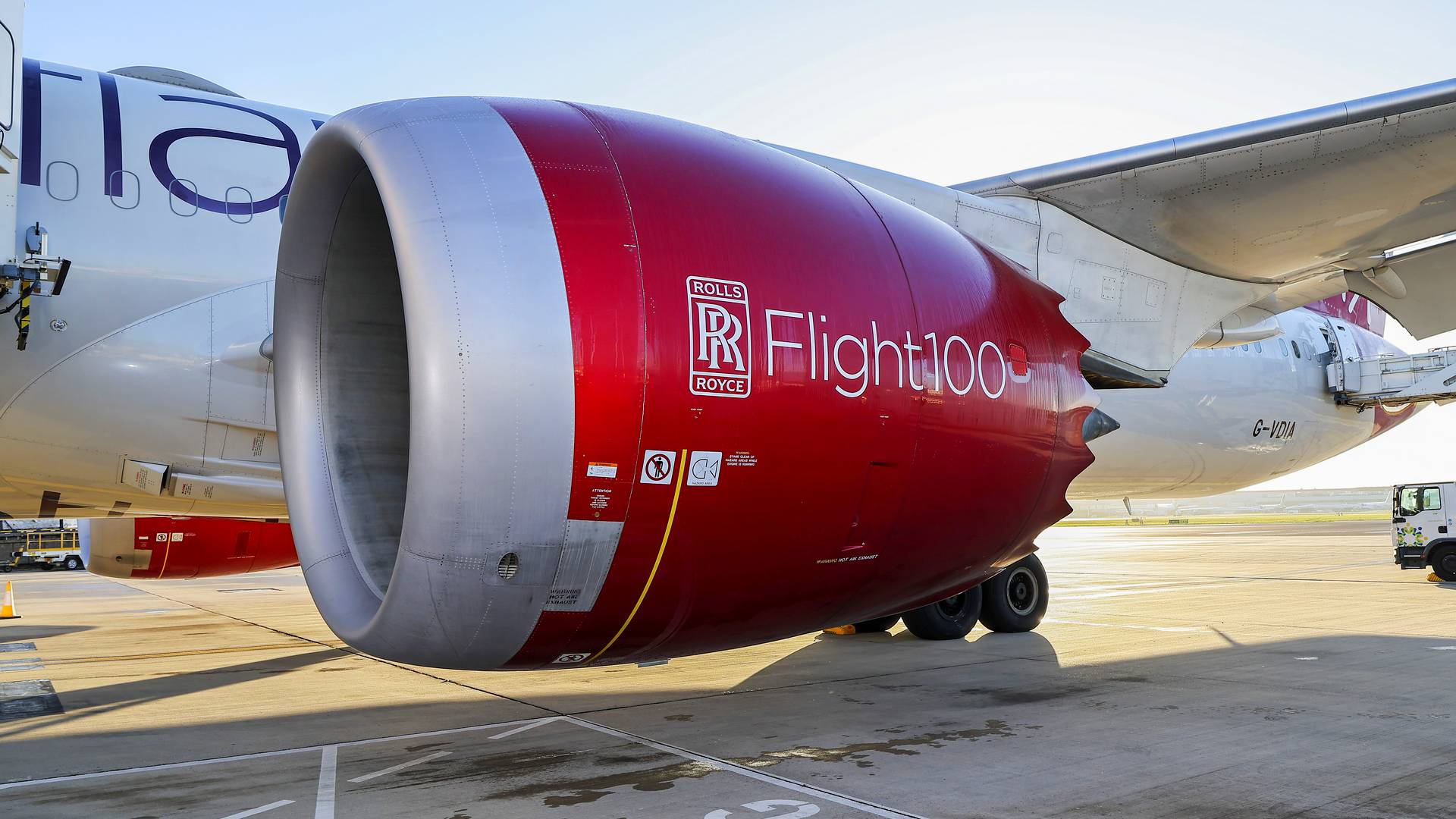
However, there is some value in showing where the technology limitations are, and aren’t. Virgin Atlantic states the aim of its 787 SAF flight is to show that, unlike other solutions, these fuels are available now. And they are compatible with current engines, aircraft, and existing fuel infrastructure everywhere.




2 comments
geoffrey nicholson
In the photo I thought the flight deck crew should have been included: nobody in the second row was wearing a pilot’s cap.
The flight deck were monitoring and managing the fuel to the engines.
The cabin crew were given front row status.
Thiago Laino
Was there any performance drop in the engines, in any of the critical procedures like takeoff or landing? And does the engine autonomy change significantly, or is it something that can be ignored? Thank you!